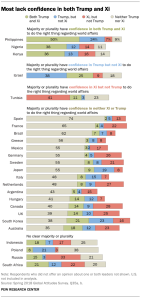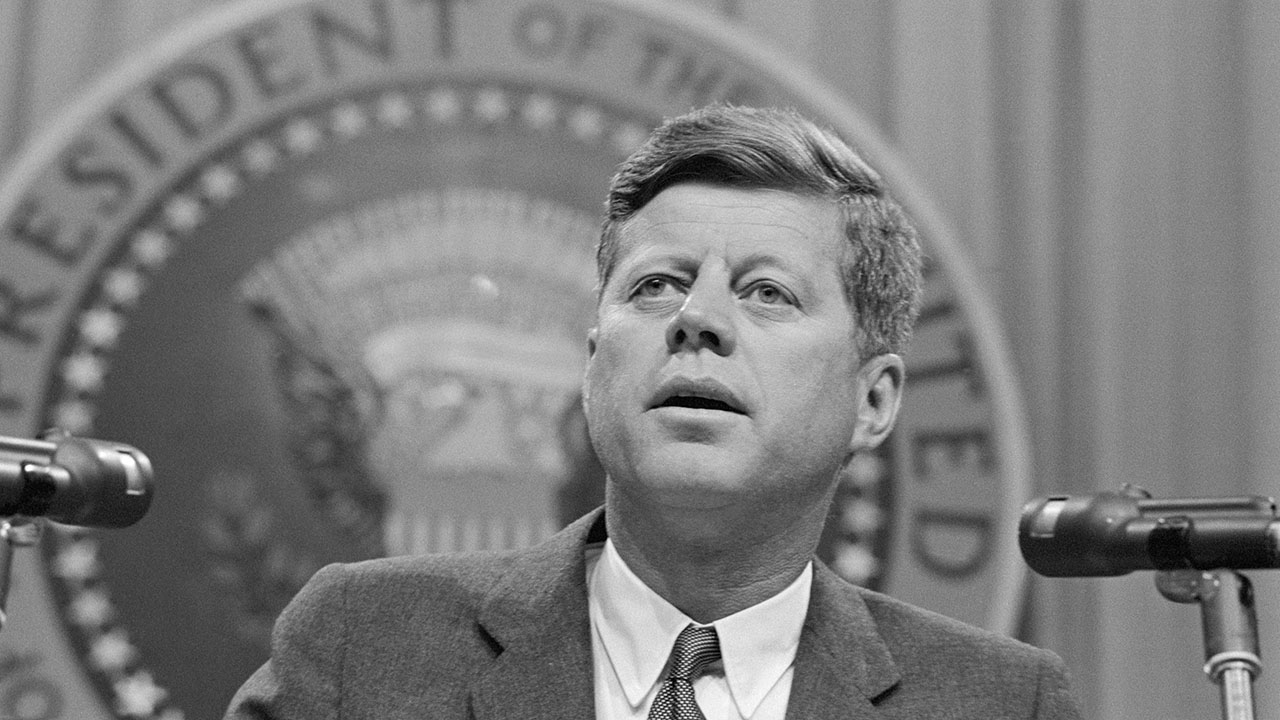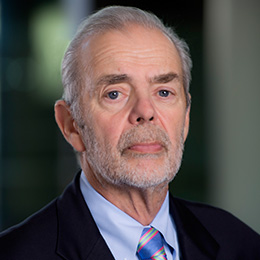

Andrew Kohut, the founding director of Pew Research Center and its president from 2004 to 2012, was one of the nation’s leading pollsters. He died in 2015. His work, over three decades, won him wide respect for his expertise and ability to craft stories about what people could learn from survey research. One of his particular talents was to reach back in time to take a snapshot of the mood of Americans in another era to show how much times had changed.
Here is one of those articles, originally published on Nov. 20, 2013.
As America marks the 50th anniversary of John F. Kennedy’s death, his life, family, strengths and weakness have been pored over in recent weeks, but little has been said about how the public viewed the country during the Kennedy years. The Gallup polls of that period illustrate how different a time this was. The mood of America then had few parallels with the modern era.
First, as 1963 began, Americans were pretty upbeat in any number of ways:
- Having survived the Cuban Missile Crisis, they were confident about their country – 82% thought America’s power would increase in 1963! And most (63%) thought it possible that the West could achieve a peaceful relationship with Russia.
- Americans were remarkably internationalist. Gallup1 found 82% of the public thinking it would be better if the U.S. worked with other nations. Just 10% said keeping independent was the right course. No fewer than 87% favored the common market. They even liked foreign aid – 58% said they were for it. Can you imagine?
- Americans were optimistic about the economy – 64% said that local business conditions would be good that year. And that attitude prevailed throughout the year. Two-thirds (68%) said they were satisfied with their income. Many credited the president. By a margin of 50% to 37%, the public thought Kennedy kept his promise to stimulate economic growth.
- Indeed, JFK was enormously popular in early 1963. In February, he enjoyed 70% approval. His ratings for handling foreign policy and handling domestic problems were equally high (64%) and most (56%) were satisfied with the way he was handling the situation in Cuba, where he had stumbled badly in 1961. And unlike modern presidents, Kennedy was a cultural phenomenon. In 1963, Gallup estimated that 85 million Americans had seen or heard a Kennedy imitator.
In March 1963, 74% expected him to be reelected – he held a whopping 67%-27% lead over Barry Goldwater in a Gallup test election. The country was heavily Democratic (54% compared with 25% Republican), as it had been since the 1930s and would remain until the Reagan years. The Democrats were seen as more likely to keep the country prosperous than the Republicans (49% to 20%), but they were not as dominant as the party that would keep the country out of a war (32% to 23%)…. And very unlike the modern era, as many people said they were liberals (49%) as conservatives (46%).
But liberalism had its limits when it came to integration and civil rights. Over the course of 1963, particularly following JFK’s call for civil rights legislation in mid-June, a growing number came to the view that the president was pushing racial integration too fast. A third of the public held that view in June (36%) but that number inched up to 41% in July, and soared to 50% in a Gallup survey following the March on Washington.
Indeed, the March on Washington was poorly regarded by the American public. In August, 69% had heard of the planned March on D.C. – and 63% of those aware of the march had an unfavorable opinion of it. Even though most Americans outside of the South (55%) favored equal rights legislation that would give “Negroes” the right to be served in hotels, restaurants and theaters, a large majority thought mass demonstrations by African Americans would hurt their own cause.
There is little doubt that race had become the issue at the end of the Kennedy administration. In September, 52% told Gallup that racial tensions were the most important problem facing the nation. Just 25% of Gallup’s respondents cited international problems, which had been the dominant issue of 1962.
And race took a toll on President Kennedy’s popularity rating. His approval score slipped from 70% in February to 59% in October. Most of the decline occurred after JFK’s June civil rights speech and most of it occurred in the South. Between March and September that year, his ratings fell from 60% to 44%. There was less slippage outside of the South over this period – 76% to 69%.
Clearly, as the Kennedy years came to a close, a public that had begun the year in an upbeat mood turned about and the country was squarely confronting a new challenge. While the Cold War tensions had abated, internal divisions on the mega problem of race were front and center.
The public rallied to President Lyndon Johnson upon taking office, with a 79% approval rating. And all of Gallup’s test election questions showed him way ahead of his likely Republican rivals. But much of the public remained Kennedy loyalists. Robert F. Kennedy was their top choice by far to be LBJ’s running mate in 1964.
